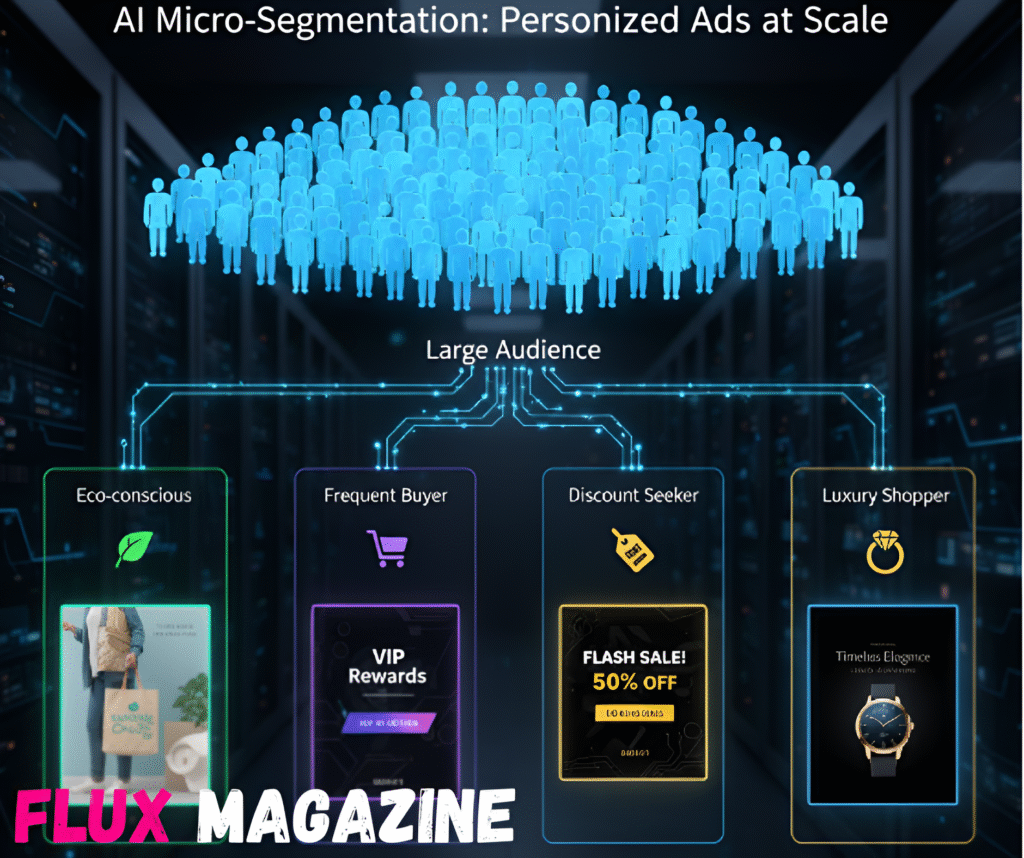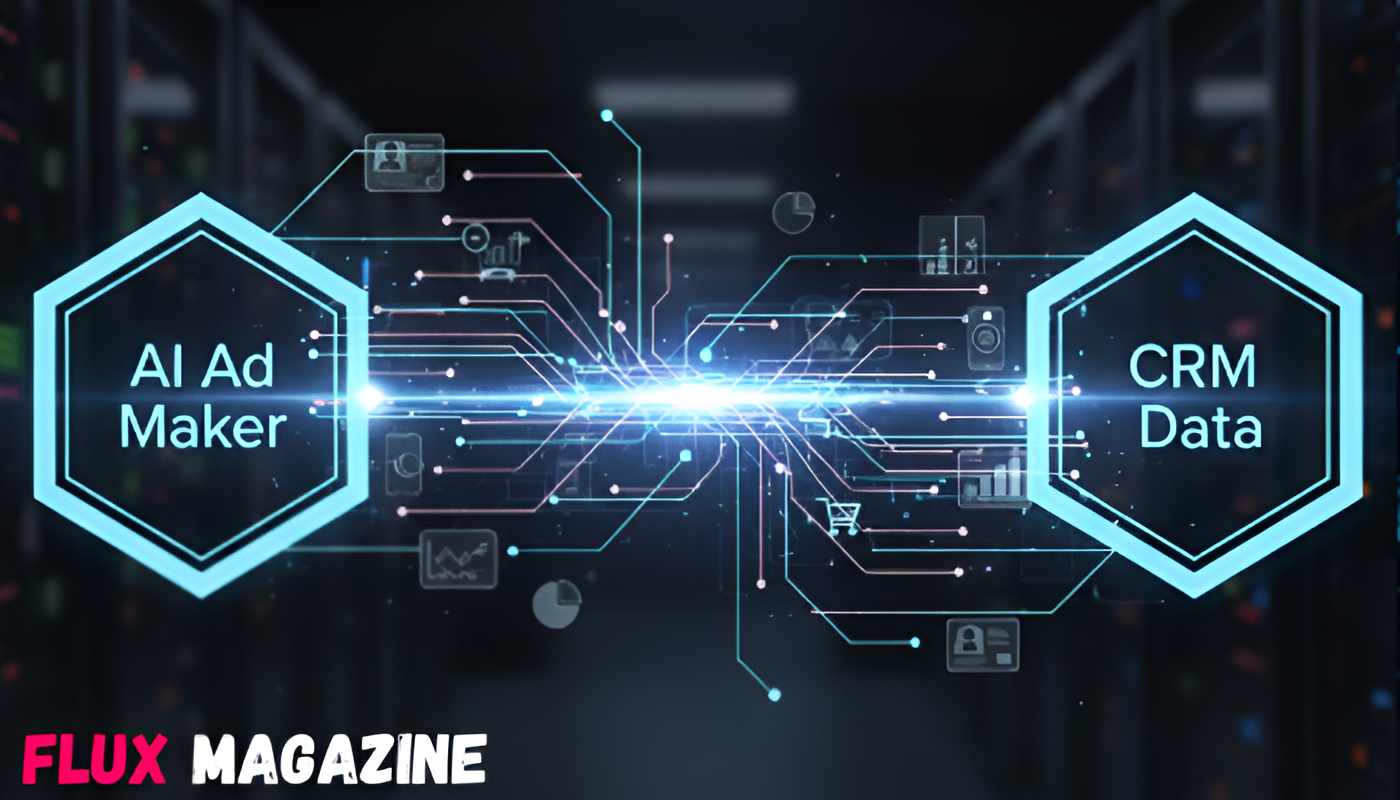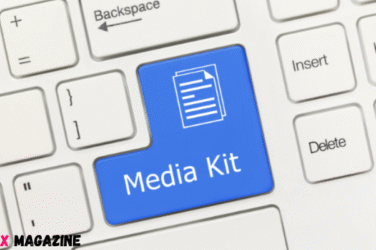Personalization has always been the holy grail of marketing. Customers expect brands not only to recognize them but also to understand their needs and preferences at every touchpoint. While AI ad makers have revolutionized creative production, personalization requires more than just automation. It needs intelligence driven by real customer data. That’s where CRM integration comes in. When you connect your AI ad creation tool with your CRM Customer Relationship Management system, you bridge the gap between creativity and customer insight. The result is marketing that feels effortless and human, campaigns that speak to individual needs rather than broad audiences. Integrating the best AI ad generator with your CRM doesn’t just scale content production. It transforms it. Together, they enable brands to deliver personalized ads that feel timely, relevant, and intentional.
Why CRM Integration Matters
Your CRM is the memory bank of your marketing ecosystem. It holds data that defines your audience, purchase history, preferences, browsing behavior, and even moments of interaction with your brand. Without this data, even the smartest AI advertising tools can only guess what people want.
When you integrate CRM insights into your AI ad maker, you allow the system to.
- Identify what motivates each customer segment.
- Understand when and where to reach them.
- Adapt ad messages dynamically to their context and journey.
A Simple Example
Imagine an e-commerce brand that connects its CRM with an AI ad generator. The CRM shows that a customer added sneakers to their cart but never completed the purchase. The AI system automatically creates and launches an ad showing those exact sneakers, paired with a friendly reminder like Your favorites are still waiting.
The outcome? A 25% increase in abandoned cart recovery.
This is the power of combining CRM precision with AI-driven creativity, data gives direction, and AI provides speed.
How AI and CRM Work Together
AI and CRM integration creates a marketing feedback loop where data fuels creativity and creativity generates more data. Here’s how this synergy works in practice.
Automated Ad Design
The AI ad maker pulls customer attributes directly from your CRM, location, product interest, past purchase, or engagement score, and uses that information to auto-generate ad variations tailored to each customer profile.
For example:
A frequent buyer might see Welcome back, here’s what’s new this week.
A new lead might see First-time shoppers get 10% off.
By connecting CRM-driven triggers with AI creative production, personalization becomes continuous and scalable.
Segmentation at Scale
Traditional segmentation divides audiences into large, static groups. AI takes this further. By analyzing CRM data, it identifies micro-segments, smaller, behavior-based clusters that respond differently to content.

Example:
Instead of a generic frequent buyers group, AI can find:
Customers who prefer eco-friendly products.
Shoppers who only buy during sales.
Users who engage more with video ads than static ones.
The AI ad generator then tailors creatives for each micro-segment, ensuring higher engagement and relevance.
Predictive Personalization
AI can do more than react to past behavior. With CRM data, it can predict what customers are likely to want next. This is known as predictive personalization, the process of anticipating customer intent using historical data and AI modeling. For example, if your CRM shows that a user often buys skincare products in early winter, your AI ad maker can automatically prepare and serve winter-care ads just before the season begins. Predictive personalization means you’re not just meeting expectations, you’re staying one step ahead.
Blueprint for Successful Integration
Integrating your AI advertising tools with CRM isn’t just about plugging in APIs. It’s about creating a framework that supports accuracy, compliance, and creativity. Here’s your step-by-step blueprint for success.
Ensure Clean, Organized CRM Data
AI can only perform as well as the data it’s fed. Before integration, clean your CRM by removing duplicates, outdated information, and irrelevant fields. Tag behaviors like purchase type, frequency, and engagement level. Think of this as giving your AI ad generator a clean canvas, it will learn faster and produce better results.
Connect CRM Directly with Your AI Ad Creation Tool
Once your data is clean, connect your CRM to your AI ad maker using built-in integrations or middleware tools like Zapier, Segment, or HubSpot APIs. This connection allows data to flow automatically, with no manual uploads or guesswork. Your ad generator now knows who your audience is, what they care about, and when to reach them.
Test for Accuracy and Tone
Personalization only works when it feels authentic. Always test AI-generated ads for accuracy, tone, and brand alignment before publishing. For example, ensure the ad copy addresses customers respectfully and uses data appropriately. Avoid overly personal or intrusive messaging, such as referencing exact purchase amounts or private behaviors. The goal is personalization that feels thoughtful, not invasive.
Maintain Human Review
Even the most advanced AI ad creation tools need human oversight. Have your creative or brand team review every campaign batch to ensure the tone aligns with your brand voice. A human touch adds empathy and storytelling nuance, qualities AI can’t yet replicate. This partnership between machine intelligence and human insight ensures consistency and trustworthiness.
Key Benefits of Integrating AI Ad Makers with CRM
When done right, CRM integration delivers measurable business advantages:
Higher ROI: Targeted campaigns reach the right audience with the right message, improving click-through and conversion rates.
Efficiency: Automated ad generation saves design time and reduces manual labor.
Consistency: Brand messaging stays unified across customer journeys.
Smarter Optimization: Performance data loops back into the CRM, refining future AI decisions.
Stronger Customer Relationships: Ads feel relevant and timely, building loyalty instead of fatigue.
Common Mistakes to Avoid
Using outdated data: Leads to irrelevant ads and wasted spend.
Over-personalizing: Avoid making customers uncomfortable with overly specific targeting.
Skipping compliance: Always ensure your tools comply with data regulations like GDPR or CCPA.
Neglecting creativity: Personalization should enhance creativity, not replace it.
Conclusion
Integrating your AI ad maker with your CRM is not just a technical upgrade, it’s a strategic transformation. When creativity meets data, personalization becomes more than a buzzword. It becomes a reality that drives growth, loyalty, and customer satisfaction. The best AI ad generators are not meant to replace marketers but to empower them. When paired with CRM insights, they deliver marketing that feels deeply personal and remarkably efficient. In the end, it’s not just about automating ads; it’s about connecting with people. That’s the real promise of AI in marketing.


















Show Comments (0)